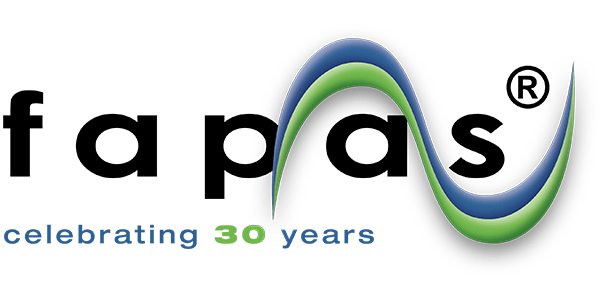The New Framework for QSAR Assessment: Advancing Chemical Hazard Evaluation
In a significant development for chemical hazard assessment, the Organisation for Economic Cooperation and Development (OECD) has introduced an innovative framework that supports the use of quantitative-structure activity relationship (QSAR) studies as alternatives to animal testing. QSARs, known for their ability to provide crucial data on chemicals without involving animals, are gaining increased prominence in regulatory evaluations.
This (Q)SAR Assessment Framework (QAF), developed by an expert group led by ECHA and the Italian National Institute of Health (ISS), provides regulators with a structured approach to assess QSAR studies. It is designed to enhance confidence in adopting these innovative methodologies for chemical hazard assessment, ultimately reducing reliance on animal testing.
This (Q)SAR Assessment Framework (QAF), developed by an expert group led by ECHA and the Italian National Institute of Health (ISS), provides regulators with a structured approach to assess QSAR studies. It is designed to enhance confidence in adopting these innovative methodologies for chemical hazard assessment, ultimately reducing reliance on animal testing.
The comprehensive framework includes guidance and a checklist for evaluating the accuracy of models, predictions, and results derived from multiple QSAR predictions. Its introduction signifies a significant step forward in terms of clarity, consistency, and transparency in the assessment of QSAR results.
For REACH registrants, this framework is a game-changer, as it will boost confidence in the regulatory acceptance of their QSAR studies. ECHA will continue to use its current assessment methodology for evaluating QSARs under REACH, in line with the principles outlined in the framework.
Do you have data gaps that needs filling?
Fera can help fill your data gaps for Physico-chemical properties, Ecotoxicity, Environmental fate properties and Human Health toxicity endpoints using (Q)SAR models and/or Read-across analysis.
We will identify the model(s) most appropriate for your compound using our expert knowledge and use of a wide range of publicly available models such OECD QSAR Toolbox, VEGA, T.E.S.T., ECOSAR, EPI Suite etc. and commercial models such as Derek NexusTM, using a Weight of Evidence approach where applicable. Predictions will be reported in the required format for acceptance by authorities (QMRF, QPRF and Read-across justification will be provided according to RAAF principles).
Click here to contact us with your requirements.
Source: https://echa.europa.eu/-/new-qsar-assessment-framework-supports-alternatives-to-animal-testing





